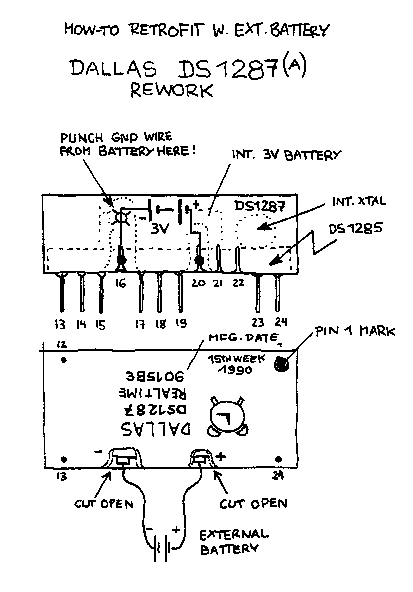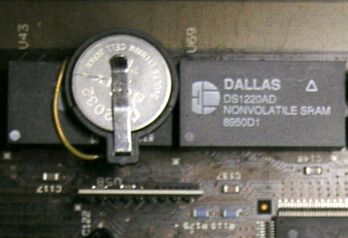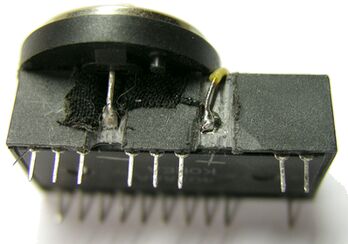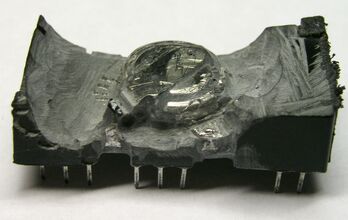|
On March, 23rd, 2007 Chris (xrisl [at]
yahoo.com)
reported the following:
My old computer has been out of action for months, but this week I got
it going again by following the instructions on your webpage "Reworking
the DS1287 RTC chip".
Without that webpage, I would never have thought of repairing it like
that!
So you have my thanks and gratitude for putting that idea on the web.
(Incidentally, my computer is an Compaq 386N, which seems to date from
about 1990).
With thanks,
Chris.
|
|
On April 24th, 2007 Gary Jay in Ohio, USA
(siffert [at]
usa.net) reported the following:
Hi Peter...just thought I would let you know that
I got the DS1287 reworking on my first try!
I used an iron file that was about the exact width I needed and just
slowly went back and forth about 50 times until I saw the metal and
then used sandpaper the rest of the way.
Soldered and used a CR2032 battery with holder on top of the 1287.
Worked like a charm and would like to thank you and I am very grateful
I stumbled on your web site. I could not have gotten my Compaq DeskPro
286e back to clock life back without you! Regards, Gary
|
William Walsh, USA also modified the
DS1387 chip
The DS1387 is technically near-identical to the DS1287, but has an
additional integrated 4K SRAM. William Walsh did the DS-Rework to
get an external battery to it as well. His report can be found at his DS1387 Rework Page
Really good job, William !
|





